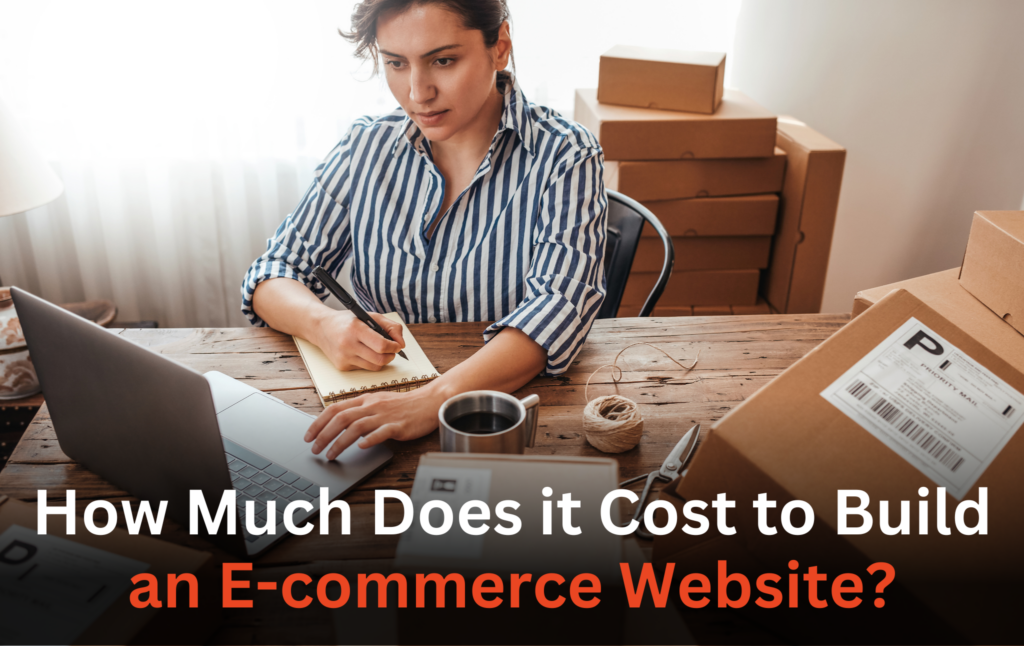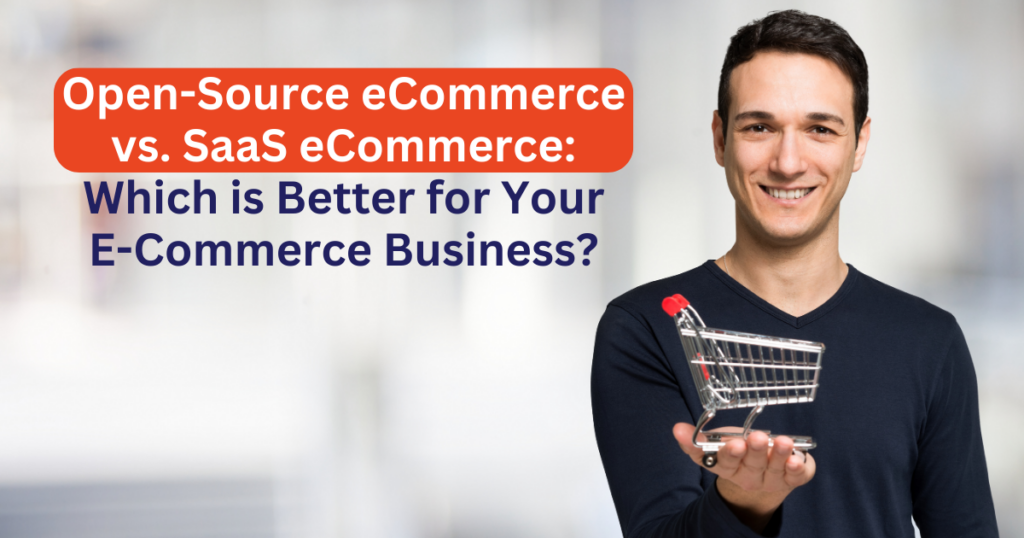
How Much Does It Cost To Build An E-commerce Website?

A Comprehensive Guide to Understanding the cost to build an E-commerce website
In today’s digital age, having a robust and user-friendly ecommerce website is essential for businesses of all sizes. However, one common question that arises when considering an ecommerce venture is, “How much does it cost to build an ecommerce website?”
In this blog post, we will delve into the various factors that influence the cost of ecommerce website development, discuss cost breakdowns, pricing models, budgeting tips, and explore cost-effective solutions to help you make informed decisions for your online business.
1. Factors Influencing Ecommerce Website Development Cost:
Building an ecommerce website involves several factors that contribute to the overall cost. We will explore key elements such as:
- Website complexity and functionality requirements
- Customization and personalization needs
- Integration of payment gateways and security measures
- Scalability and future expansion considerations
- Content management systems (CMS) and third-party plugin requirements
- Mobile responsiveness and user experience optimization
2. Cost Breakdown for Building an Ecommerce Site:
To gain a better understanding of the cost breakdown, we will discuss the main components involved in ecommerce website development:
- Domain and hosting expenses
- Website design and development
- Payment gateway integration and security measures
- Product catalog setup and management
- Content creation and optimization
- Ongoing maintenance and updates
3. Pricing Models and Budgeting Tips:
There are different pricing models available for ecommerce website development. We will discuss:
- Fixed-price model
- Hourly rate model
- Value-based pricing model
We will also provide valuable budgeting tips to help you plan and allocate your resources effectively.
4. Custom vs. Template-Based Ecommerce Website Development Costs:
Weighing the pros and cons of custom and template-based solutions is crucial. We will explore the cost implications of each option, including:
- Custom development: Tailored functionalities and unique design
- Template-based development: Cost-effective and quick implementation
5. DIY vs. Professional Ecommerce Website Development Costs:
Considering a DIY approach to save costs may seem tempting, but it’s essential to understand the potential drawbacks. We will compare the costs and benefits of DIY website development versus hiring professional developers.
6. Affordable and Cost-Effective Solutions:
For businesses on a tight budget, we will explore cost-effective alternatives and strategies to keep the development costs manageable, such as:
- Open-source ecommerce platforms
- Utilizing pre-built themes and templates
- Integrating third-party plugins and extensions
- Leveraging freelancers or offshore development teams
7. Hidden Costs of Building an Ecommerce Website:
In addition to the apparent development costs, there are hidden expenses that are often overlooked. We will highlight these costs and help you prepare for them in advance, including:
- Website hosting and maintenance fees
- Security measures and SSL certificates
- Payment gateway transaction fees
- Marketing and advertising expenses
Singlebag:

Singlebag is a user-friendly and highly efficient eCommerce platform that offers a wide range of advanced features and robust tools for setting up your online store in a matter of minutes. With Singlebag, you can effortlessly market your products and reach customers globally.
It doesn’t matter if you’re a budding startup or a well-established company, Singlebag serves as a comprehensive e-commerce solution that not only supports your online business but also helps it grow and thrive.
Conclusion:
Building an e-commerce website requires careful consideration of multiple factors and costs. By understanding the various components influencing the overall price, exploring different pricing models.
And implementing cost-effective solutions, you can make informed decisions and create an ecommerce website that aligns with your budget and business goals. Remember to plan your budget wisely, prioritize essential features, and invest in professional expertise when necessary.






Responses